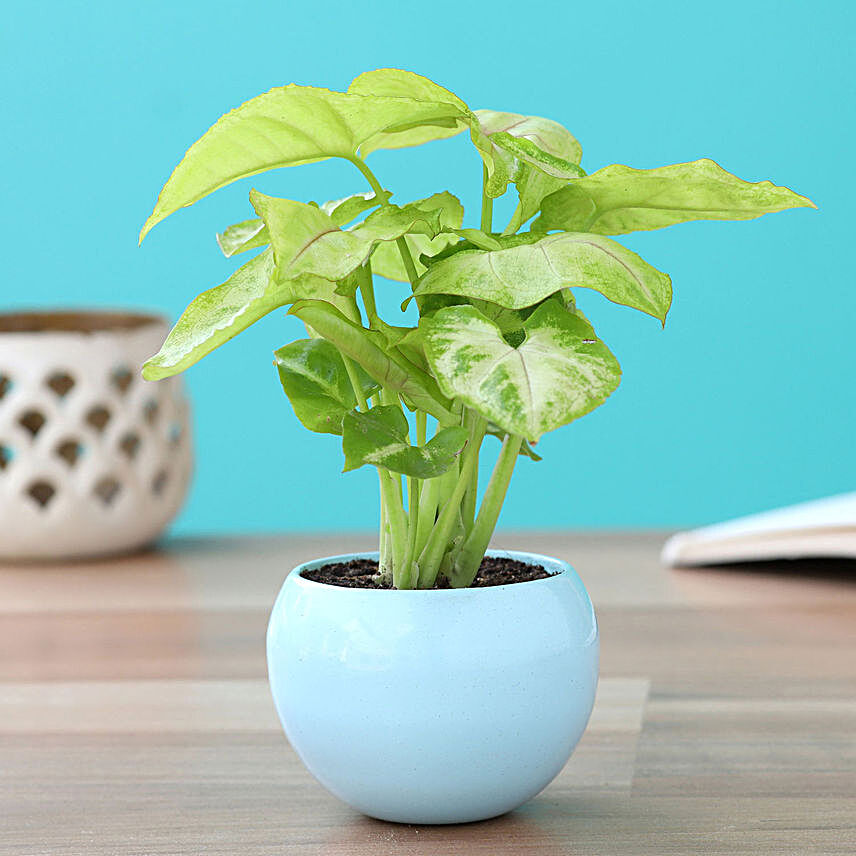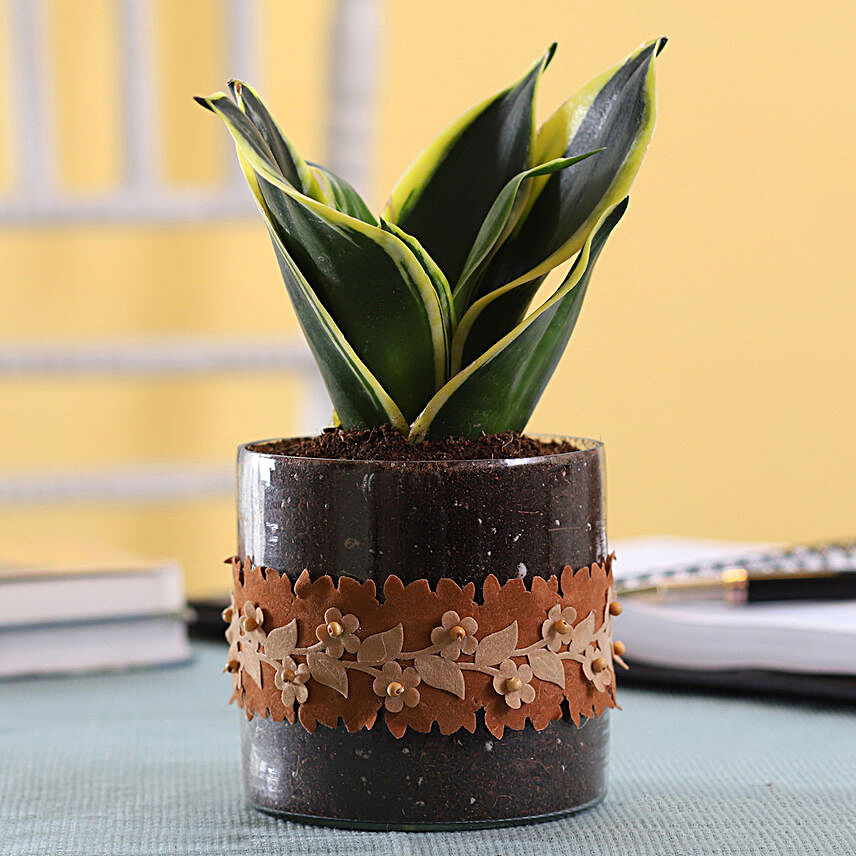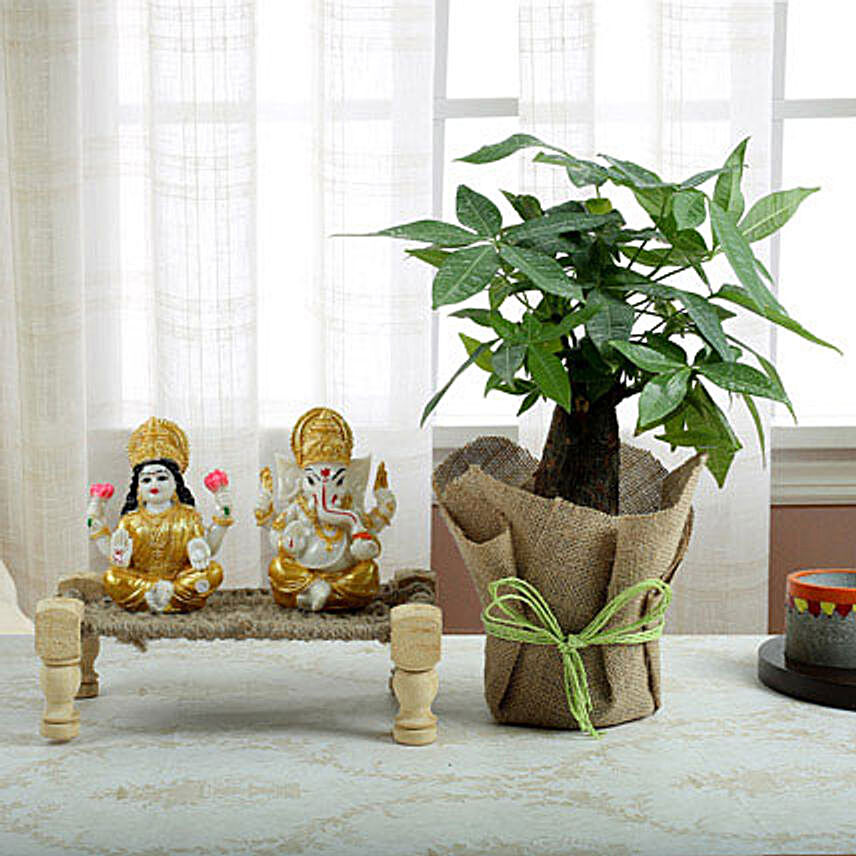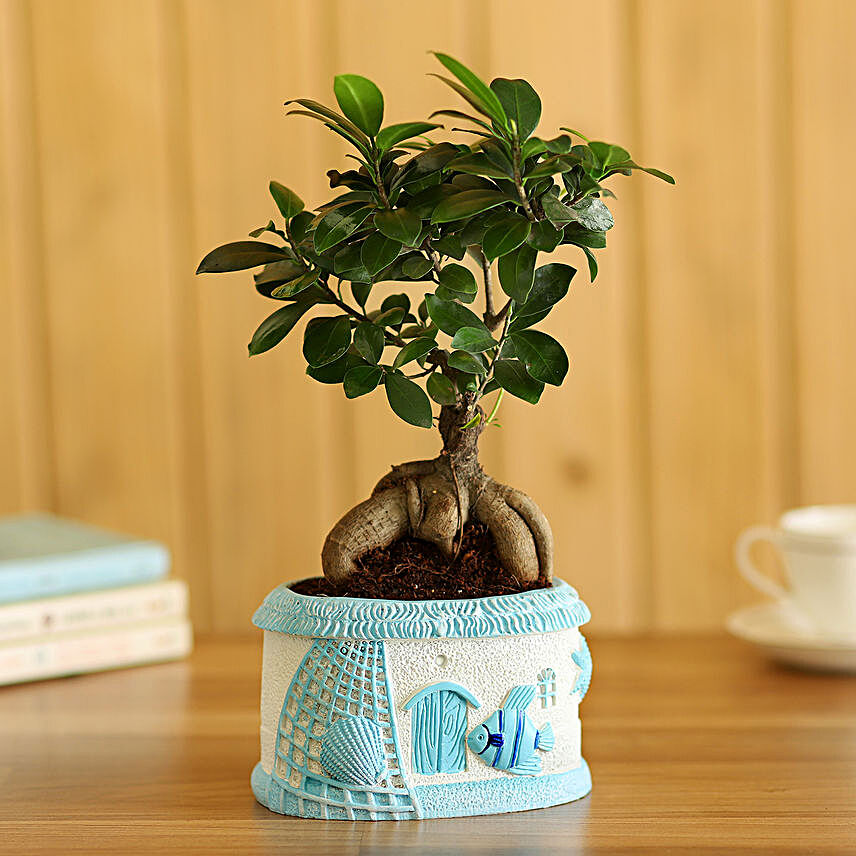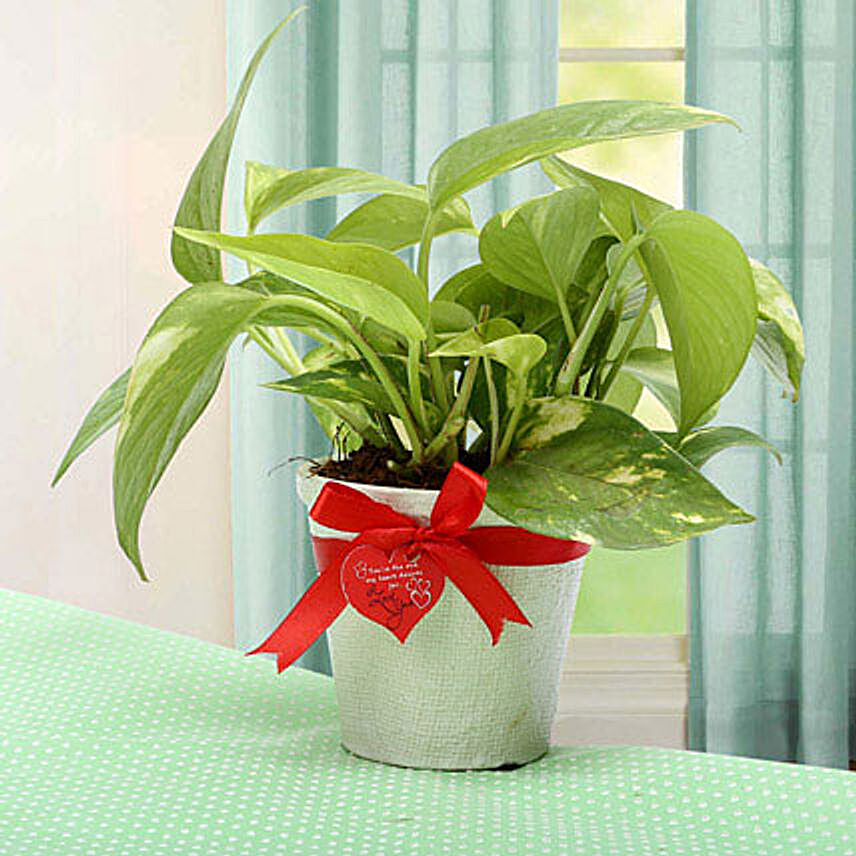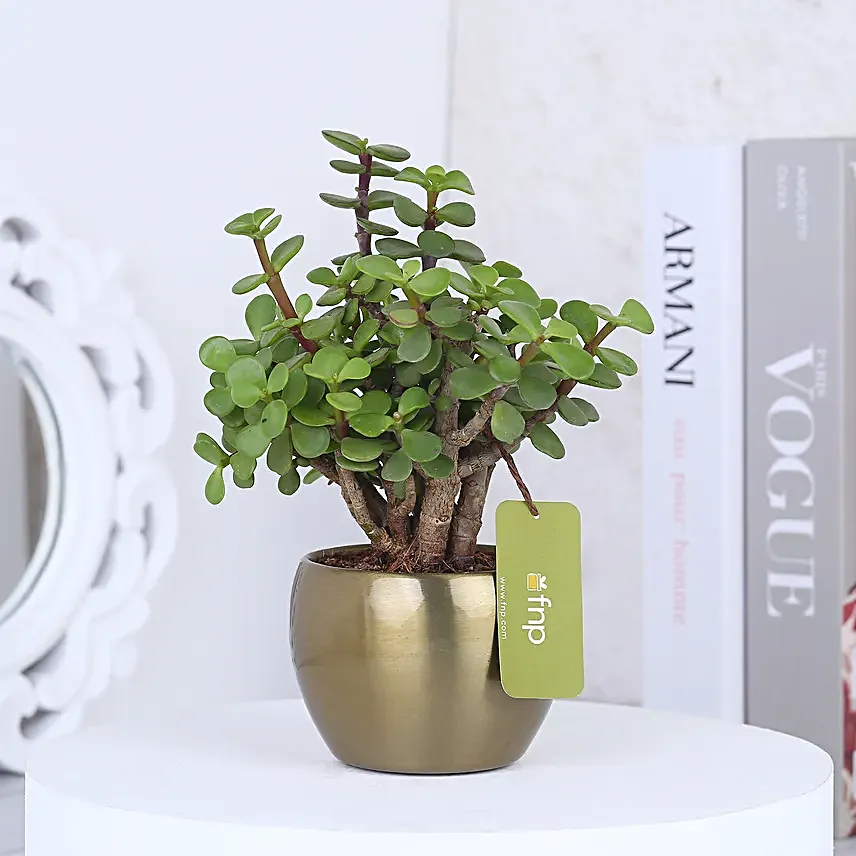Know all About Echeveria Succulent
- Author: Kirti Published: 17th Oct, 2022
Identical to a full-bloomed rose, Echeveria is a type of succulent famous for its appearance and adaptability. This category of succulent has over 150+ species and since they are a part of current lifestyle trends, you might have seen them in urban homes and offices. But, if you are wondering what makes them popular amongst the plant-lovers, dig deep into this article to know all about Echeveria succulent.
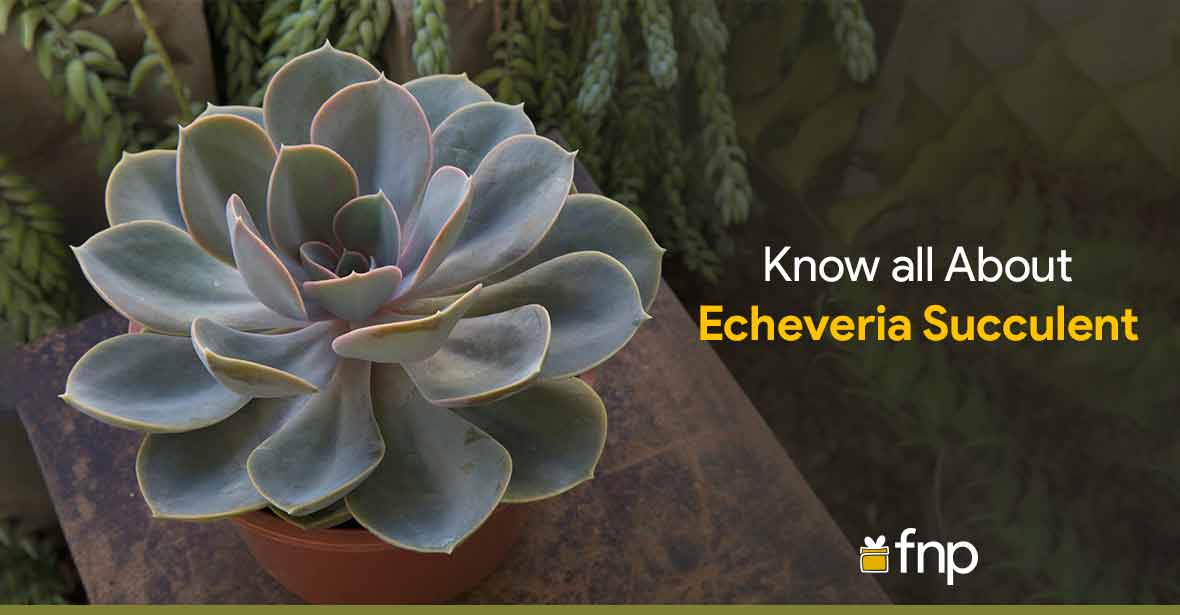
Origin and Types
Back in the 19th century, botanists found the very first Echeveria succulent. It was found in the rock faces and ledges on near-vertical cliffs of the Mexican desert. And while most of the species of Echeveria Succulents were found in Mexico, some were spotted on Argentina soil. Perle Von Nurnberg, Topsy Turvy, Dusty Rose, Mexican Snowball (or hens and chicken), Woolly Rose, Tippy and Ghost Echeveria are some of the common species of Echeverias. Also, though all the species might look the same from afar, they are different in terms of their details.
How to Know the Difference?
You can differentiate the Echeverias based on their colour, shape and surface texture. Ranging from green, red and pink to purple, blue and even black, you will find these beautiful plants in many hues and shades. Echeveria succulents come in floral, coral or cabbage-shaped leaves with crinkly, smooth or spiky surface textures.
Key Characteristics & Benefits
The origin of Echeverias says a lot about its key characteristics. They are plants of barren lands which makes them quite resistant to excessive heat and drought. Also, Echeverias have pump leaves and heavy roots, which help them survive rough weather. So, if you are one of those who often forget to water their plants, Echeveria succulents are for you.
But, even if Echeverias are tough, what makes them ideal for indoors? Well, apart from being eye-pleasing and low maintenance, they are a good source of oxygen and positive energy. Moreover, succulents such as Echeverias have the power to store the spiritual energy of the sun. This makes them a good source to channelise good vibes into your life.
How to Welcome & Maintain Echeverias
If you find the qualities of Echeverias convincing enough to make you buy one, consider the following pointers first:
- If you are a newbie to gardening, then go for bloomed Echeveria. They are easy to pot and maintain as compared to the budding ones.
- Pot the Echeveria in soil that has low water retention. A loose, grainy soil mixture with plenty of sand and perlite/pumice is the best for potting or re-potting the succulent.
- Whether you keep the plant indoors or outdoors, try to keep it in indirect sunlight. Too much sunlight can cause sunburn, while too little can cause elongation, dying or rotting of leaves.
- Hydrate the plant as and when needed. Depending on the size you can water the plant every 7-10 days. Also, pour the water directly into the soil, rather than spraying it onto the leaves
- Fertilise the plant every 1-2 years. If the plant shows signs of dying, then you can increase the frequency.
- Frequent pruning of succulents can hamper the overall growth of the plant. Trim the bottom leaves when you find any elongated or rotten ones.
